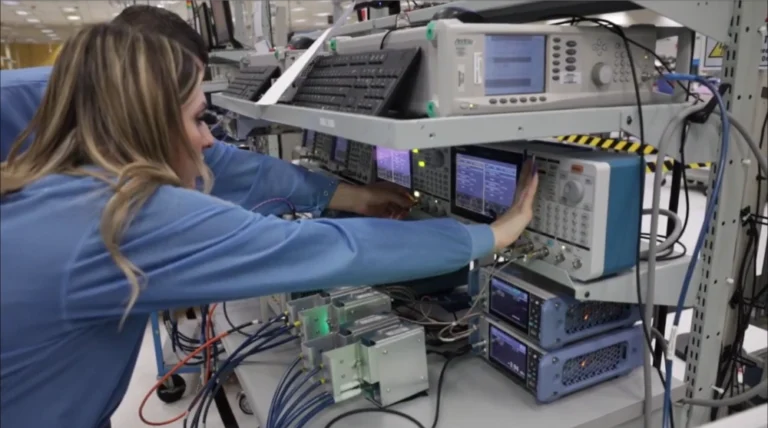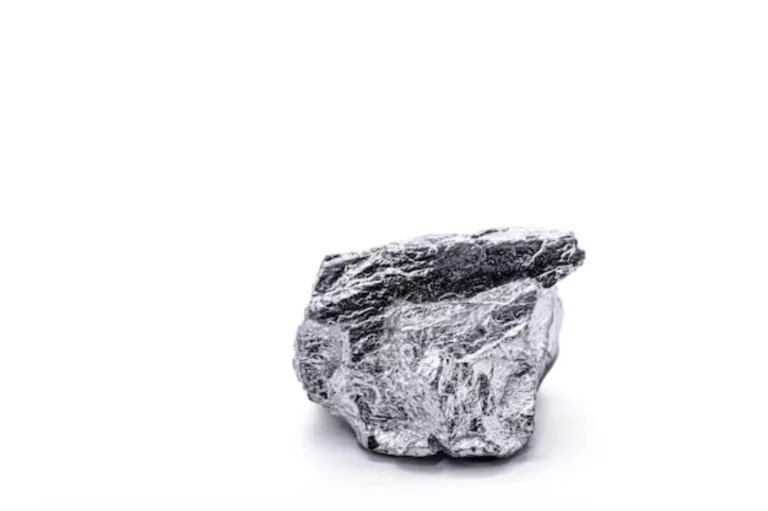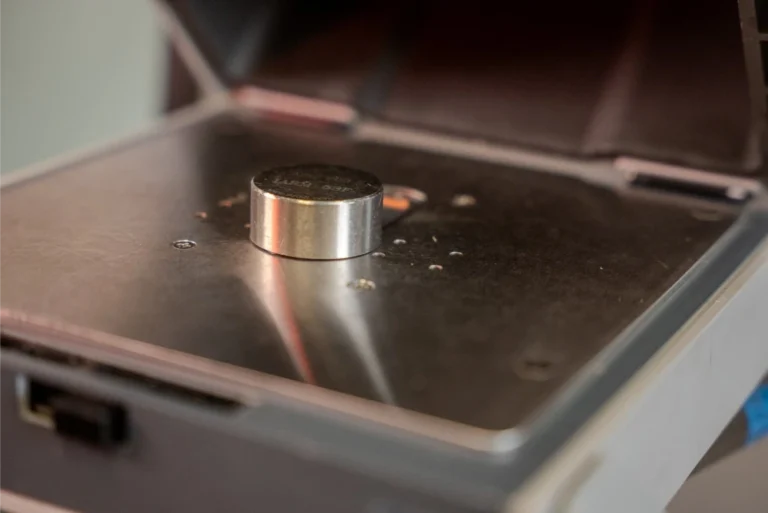When it comes to accurate lab results, the real work begins long before the first test is run. It starts with the sample preparation process, a critical and often overlooked phase that can make or break the outcome of metallurgical analysis. Whether you’re testing catalysts, copper concentrates, or electronic scrap, preparing your sample properly ensures that the final report reflects true material values.
At Ledoux & Co., we’ve spent over 140 years perfecting the science of precision. As an ISO 17025 accredited lab, we don’t just follow industry standards. We help define them. For clients across industries who rely on our results for trading, compliance, or quality control, our rigorous sample preparation protocols are the first guarantee of accuracy.
Before any test can be trusted, the sample must be ready. Let’s explore how and why this process matters.
What Is the Sample Preparation Process?
In the world of metallurgical testing, the sample preparation process is the essential first step that transforms raw material into a test-ready specimen. It is not a single action, but a carefully controlled sequence. Drying, crushing, grinding, homogenizing, and sub-sampling are all designed to produce a uniform, representative sample for analysis.
Why does this matter? Because unprepared samples can distort results. Natural materials like ore, spent catalysts, and electronic scrap are inconsistent by nature. They may contain moisture, variable particle sizes, or contamination that can skew data. Preparation neutralizes these variables and gives the laboratory a stable foundation for testing.
The approach varies by material. For example:
- Solid samples, like copper concentrates, may need pulverizing and homogenization.
- Catalysts may be dried and milled to exact tolerances.
- Electronic scrap often requires disassembly and segmentation before processing.
No matter the material, the goal is the same. The portion tested must reflect the whole. At Ledoux & Co., every sample undergoes this essential transformation before entering our lab instruments. Without it, no result can be trusted.
Why Sample Preparation Matters in Metallurgical Testing
Imagine submitting a catalyst sample that contains moisture pockets, irregular clumps, or trace contaminants, and expecting precise results. That is a setup for unreliable data. In metallurgical testing, sample preparation is not optional. It is foundational.
The sample preparation process ensures that what goes into the instrument is truly representative of the material as a whole. Without it, even the most advanced analytical methods, whether fire assay, ICP, or XRF can produce misleading results. Here’s why it matters:
- Accuracy Begins at the Bench Properly prepared samples eliminate variables like uneven particle size, surface oxidation, or moisture content. This ensures the analysis reflects the material’s true composition, not just a random fragment of it.
- Consistency for Compliance and Confidence Clients in refining, recycling, and manufacturing rely on results that hold up under regulatory scrutiny. Preparation steps like sample grinding and homogenization reduce variability so that test results remain consistent, batch after batch.
- Unbiased Results for Financial Decisions At Ledoux & Co., our prepared samples support commercial-grade assays used in buying, selling, and dispute resolution. The integrity of that chain begins the moment a sample is received.

6 Key Stages of the Sample Preparation Process
This is a common sample preparation workflow followed by many materials testing labs:
Weighing & Documentation
Every sample is logged into our system, labeled, and weighed upon arrival. Chain-of-custody procedures ensure full traceability from intake to final report. This documentation is especially critical for clients using our reports in legal or commercial contexts.
Drying
Moisture skews results, especially for materials like catalysts, concentrates, or escrap. Samples are dried in calibrated ovens to remove excess water content, stabilizing weight and ensuring accurate elemental analysis.
Crushing & Pulverizing
Large chunks are broken down into manageable fragments. This increases the surface area and ensures more even distribution of elements during testing. For ores or catalyst beads, this stage is essential before refining particle size.
Sample Grinding and Homogenization
This is where consistency is created. The ground material is mixed to achieve uniformity, ensuring that the subsample taken for testing represents the bulk. Without proper homogenization, results may vary significantly, even within the same batch.
Splitting & Sub-Sampling
Using a tool to precise fraction is extracted from the bulk for actual testing. This sub-sample must accurately reflect the overall composition of the original material.
Packaging & Labeling
Prepared samples are sealed and labeled with unique identifiers. Whether they are being tested on-site or returned for client records, this final step safeguards the integrity of the process.
Each of these stages is customized based on the material being tested. For example, fire assay preparation involves cupellation-ready fluxing steps, while escrap may require metal separation prior to grinding.
How Ledoux & Co. Executes ISO-Standard Sample Preparation

At Ledoux & Co., sample preparation is not just a lab task. It is an audited, accredited, and meticulously controlled system. As an ISO 17025 accredited lab, we follow international standards that demand consistency, documentation, and technical precision at every stage.
Each preparation protocol is aligned with the material type and the final testing method:
- Catalysts are dried and milled under temperature-controlled conditions to prevent elemental degradation.
- Copper concentrates undergo multi-stage homogenization to ensure accurate metal content evaluation.
- Electronic scrap is disassembled, cleaned, and ground for uniform composition before precious metal analysis.
What makes our approach different?
- Unbiased Reporting: Ledoux is an independent lab. We do not trade materials, so there is no conflict of interest.
- Commercial-Grade Output: Our prepared samples yield assay results trusted by buyers, sellers, and regulatory bodies.
- Customer Focused: We treat our customers like family. We appreciate our worldwide clients who entrust us with the analysis of their precious materials. Our commitment, communication, and dedication to our customers are the foundation of our success.
This is not just about compliance. It is about confidence. Whether you are testing for content, purity, or recovery value, Ledoux & Co.’s sample preparation process ensures your results are built on a foundation of scientific rigor.
Final Checks Before Testing
Before any instrument is powered on or any reagent is dispensed, every prepared sample at Ledoux & Co. undergoes final quality assurance checks. These internal controls are essential to maintaining the lab’s ISO 17025 accreditation and long-standing reputation for accuracy.
Here is how we ensure your sample is truly ready for analysis:
To ensure testing reflects the true composition of your material, we require a homogeneous, representative sample that captures the full makeup of the lot. This starts with proper sampling and uniform processing at your facility to avoid bias or contamination.
For most materials, we need 30 to 100 grams of 70-mesh ground sample, depending on the analysis. This fine particle size ensures consistency and allows for high-precision methods like fire assay, ICP-OES, or wet chemistry.
A well-prepared sample helps us:
- Extract a truly representative subsample
- Ensure even elemental distribution
- Maintain accurate calibration and quality control
Once we receive your sample, our team handles the rest with rigorous QA checks to deliver results you can trust.
Get Your Sample Ready for Reliable Results
The integrity of any lab test begins long before the data appears in a report. It starts with the sample preparation process, the foundation that ensures results are not just accurate, but reliable and defensible.
At Ledoux & Co., we treat sample preparation as part of the analysis itself. With over 140 years of metallurgical expertise and full ISO 17025 accreditation, our team applies science-backed protocols to every catalyst, concentrate, and electronic scrap sample we receive.
Need precision you can prove?
Submit your sample today or get in touch to learn how our process can support your success.
















